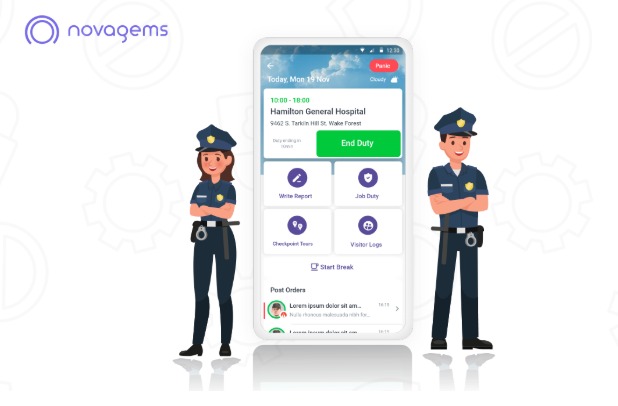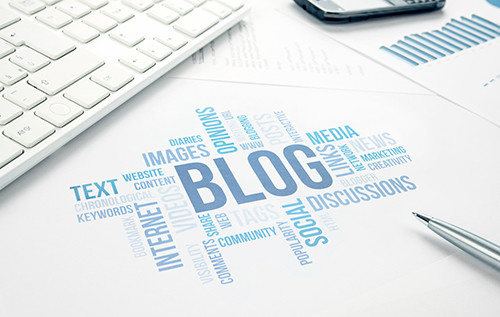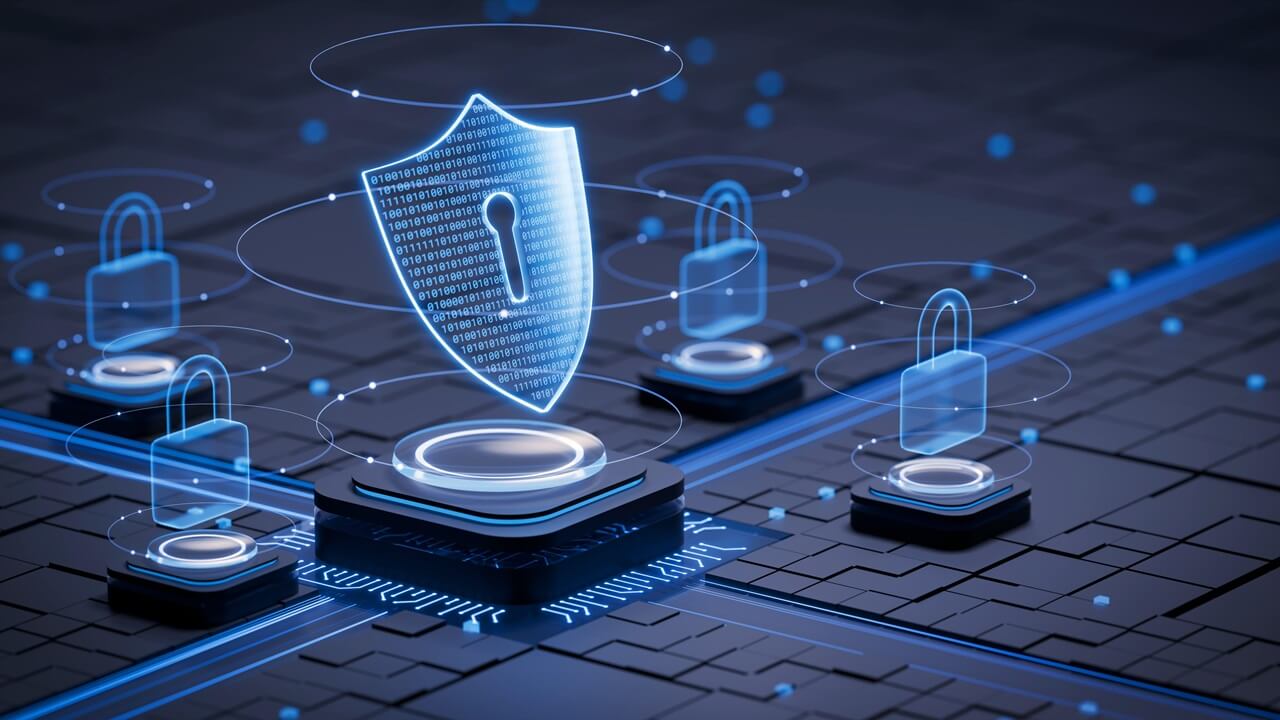In an age where rapid technological advancements are reshaping the landscape of various industries, security management is no exception. The integration of security guard apps has emerged as a transformative solution, making it easier for businesses, organizations, and communities to enhance incident response and recovery processes. These applications have revolutionized the way security personnel operate, ensuring that incidents are managed effectively and efficiently. In this blog post, we will explore how security guard app facilitate improved incident response and recovery, ultimately leading to enhanced safety and security.
The Need for Enhanced Incident Response
Incident response refers to the method and procedures implemented when a security incident occurs, intending to mitigate its impact. Whether dealing with theft, vandalism, emergencies, or other threats, timely and effective response is crucial. Traditionally, security personnel depended on radios, phones, and paper reports to communicate and document incidents. However, these methods often resulted in delays and miscommunication, leading to inadequate responses.
In recent years, the adoption of technology in security management has become essential to overcome these challenges. A security guard app is an all-in-one solution that provides features and tools designed to streamline communication, improve reporting, and facilitate faster decision-making during incidents.
Core Features of Security Guard Apps
1. Real-time Communication
One of the most significant advantages of security guard apps is the ability to facilitate real-time communication among security personnel and their teams. Instant messaging features, push notifications, and alerts allow guards to share information quickly, coordinate their response effectively, and keep everyone informed about ongoing incidents.
Unlike traditional communication methods that can be hampered by distance or interruptions, security guard apps ensure that critical information is relayed instantly. This immediacy can make all the difference when every second counts, such as during emergency situations or when requiring immediate assistance.
2. Incident Reporting and Documentation
Security guard apps come equipped with robust reporting tools that allow security personnel to document incidents quickly and accurately. With user-friendly interfaces, guards can log details such as time, location, type of incident, and involved parties with just a few taps on their mobile devices.
This digital documentation not only streamlines the reporting process but also ensures that records are clear, precise, and easily retrievable. In the aftermath of an incident, these reports can serve as valuable evidence for investigations or legal purposes, and having organized records can significantly expedite recovery efforts.
3. GPS Tracking and Location Services
Many security guard apps include GPS tracking capabilities, enabling personnel to monitor the locations of guards in real-time. This feature is particularly beneficial during large events or in expansive facilities where multiple guards are deployed. GPS data can provide vital information about the whereabouts of team members during incidents, ensuring they can be coordinated effectively.
Furthermore, location services can enhance response times by directing guards to the scene of an incident using the most efficient routes. This capability helps reduce response delays, allowing security personnel to address situations before they escalate.
4. Incident Management Tools
Besides communication and reporting features, security guard apps often come equipped with incident management tools. These tools enable security teams to develop and customize response protocols based on the specific types of incidents they may encounter. By utilizing templates and checklists, guards can follow established procedures, ensuring consistency and thoroughness in their response.
Additionally, incident management tools can help track the status and resolution of incidents over time. This data can provide valuable insights into recurring issues, allowing management to implement preventive measures and ensure long-term security improvements.
5. Training and Resources
Security guard apps can also serve as platforms for training and knowledge sharing. Many applications include training modules, safety guidelines, and emergency response protocols that security personnel can access at any time. This readily available information empowers guards to stay informed and prepared for various situations, ultimately improving their skills and confidence.
Regular training and access to resources also promote a culture of preparedness, where security personnel are aware of best practices and can respond more effectively to emergencies.
Enhancing Recovery through Technology
While rapid incident response is critical, recovery efforts are equally vital in ensuring an organization can return to normal operations. Security guard apps play a crucial role in supporting recovery efforts in several ways.
1. Post-Incident Follow-Up
After an incident occurs, the work is not over. Effective recovery involves follow-up actions to analyze what happened, identify vulnerabilities, and prevent future occurrences. Security guard apps allow teams to conduct post-incident reviews efficiently by utilizing their documentation features to create comprehensive reports.
These reports can highlight key findings from the incident, enabling security teams to formulate actionable insights. Through collaborative discussions facilitated by the app, teams can assess the effectiveness of their response and make necessary adjustments to protocols and procedures.
2. Stakeholder Communication
Recovery efforts often involve multiple stakeholders, including law enforcement, management, and affected individuals. Security guard apps enhance communication by allowing security personnel to generate and share reports with relevant parties easily. Clear and concise communication fosters transparency and provides stakeholders with up-to-date information about the situation and recovery efforts in place.
3. Data Analytics for Future Prevention
The data collected through security guard apps can be invaluable for trend analysis and decision-making. By analyzing incident patterns over time, organizations can identify persistent issues, adjust staffing or security measures accordingly, and implement prevention strategies.
For instance, if data shows an upsurge in incidents after hours, management can enhance security protocols during those times or adjust shifts to ensure there is adequate coverage. This proactive approach not only mitigates risks but also fosters a safer environment for everyone.
Conclusion
As security threats evolve and become more sophisticated, organizations must adapt their incident response and recovery strategies to stay one step ahead. Security guard apps modernize security management by equipping teams with the tools they need to respond swiftly and effectively to incidents, enhancing both immediate response and long-term recovery processes.
With features like real-time communication, incident reporting, GPS tracking, and data analytics, these applications are indispensable assets for security personnel. Beyond just responding to incidents, they foster a culture of preparedness and continuous improvement, ultimately contributing to safer communities and organizations.
Investing in a security guard app is not merely a choice; it is a commitment to enhancing safety and security through innovation. As technology continues to advance, the role of security guard apps will only grow, solidifying their place as a cornerstone of effective incident management in today’s world.




